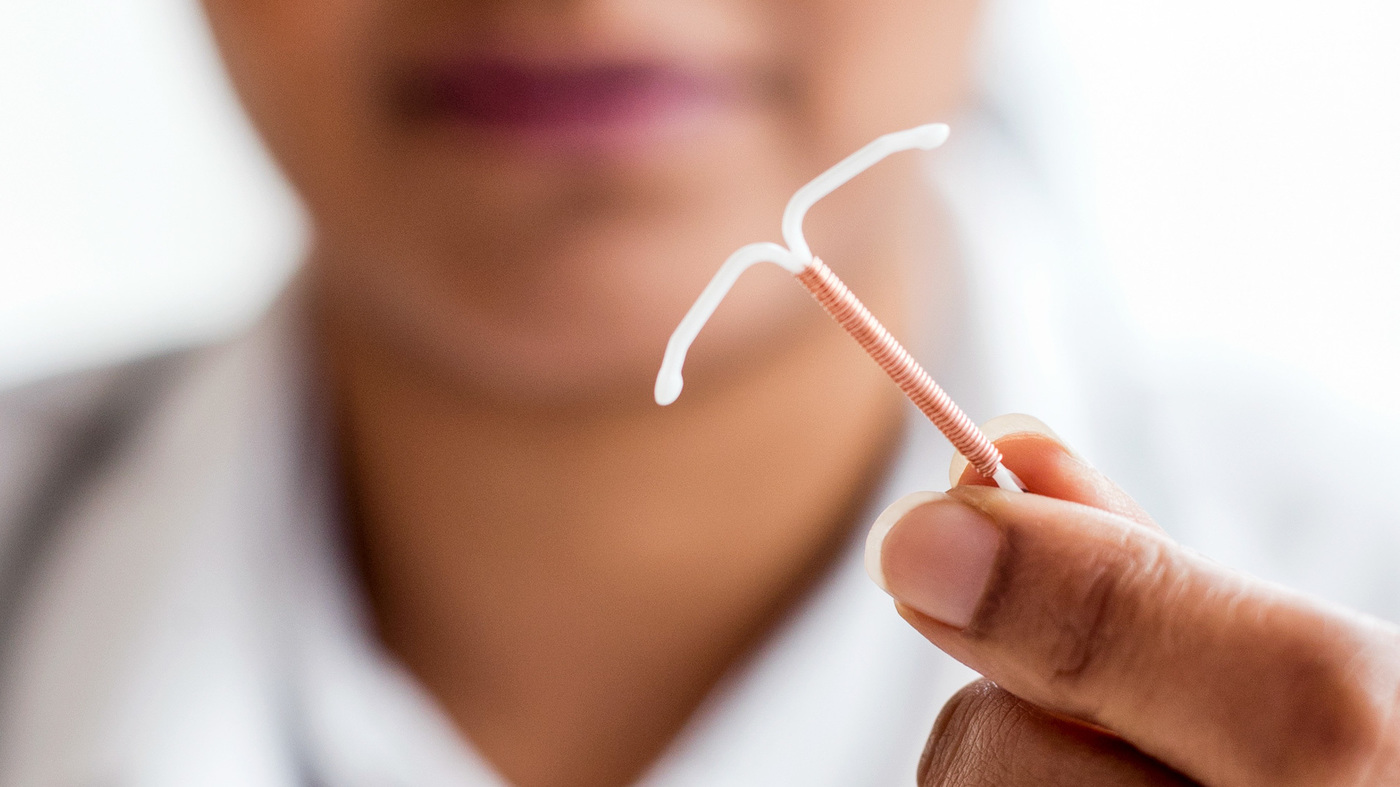Human papillomavirus is the most common sexually transmitted infection. The virus is common in the United States and there are approximately 14 million newly diagnosed cases of human papillomavirus (HPV) annually. There are different types of HPV. Some can lead to genital warts and others can cause some types of cancer. It is most prevalent among the sexually active males and females.
HPV usually doesn’t cause problems during pregnancy. However, you should know about a few rare complications if you’re pregnant and have HPV.
HPV During Pregnancy: 7 Ways to Protect Yourself
Safe sex:
Safe sex is sexual activity engaged in by people who have taken precautions to protect themselves against sexually transmitted infections (STIs) such as HIV.[1] It is also referred to as safer sex or protected sex, while unsafe or unprotected sex is sexual activity engaged in without precautions, especially forgoing condom use. Some sources prefer the term safer sex to more precisely reflect the fact that these practices reduce, but do not always completely eliminate, the risk of disease transmission.
Using latex condoms:
Genital ulcer diseases and HPV infections can occur in both male and female genital areas that are covered or protected by a latex condom, as well as in areas that are not covered. Condom use may reduce the risk for HPV infection and HPV-associated diseases (e.g., genital warts and cervical cancer). These diseases are transmitted primarily through “skin-to-skin” contact from sores/ulcers or infected skin that looks normal. HPV infections are transmitted through contact with infected genital skin or mucosal surfaces/secretions. Genital ulcer diseases and HPV infection can occur in male or female genital areas that are covered (protected by the condom) as well as those areas that are not. Laboratory studies have demonstrated that latex condoms provide an essentially impermeable barrier to particles the size of STD pathogens.
Limiting sexual partners:
Keeping the number of sexual partners of a person to the minimum limits their chances of encountering the HPV virus repeatedly. Studies have shown that an eight-month interval between sexual partners helps allow the HPV infection to leave the body.
Cervical screening tests:
Cervical screening tests women for changes in the cells of the cervix (neck of the womb) using a smear test. Changes are common and cervical screening by smear tests can pick up early cell changes so they can be monitored or treated. The earlier abnormal cell changes are found, the easier they are to treat. Early detection and treatment of changes in the cells of the cervix can prevent cervical cancer. Screening is internationally accepted as a preventative health measure.
Cervical cancer screening includes two types of screening tests: cytology-based screening, known as the Pap test or Pap smear, and HPV testing. The main purpose of screening with the Pap test is to detect abnormal cells that may develop into cancer if left untreated. The Pap test can also find noncancerous conditions, such as infections and inflammation. It can also find cancer cells. In regularly screened populations, however, the Pap test identifies most abnormal cells before they become cancer.
Vaccination:
Generally and historically, pregnant women have been advised not to receive the vaccine that prevents human papillomavirus (HPV). HPV can cause genital warts as well as cancers of the cervix, vulva, vagina, and anus. The HPV vaccine, marketed under the name Gardasil, has been a major breakthrough in preventing the spread of HPV and is generally recommended for females ages 9 through 26—unless a woman is pregnant. However, the practice of advising against vaccination during pregnancy has been implemented out of an abundance of caution.
Avoid pools:
When a person develops warts through an HPV infection on the foot or toe, they can pass on the infection with their bare feet. Anyone with a wart is advised to cover their feet or wear shoes when in a public place with people who will not be wearing footwear such as at a swimming pool or gym.
Eat a wart-removal diet filled with lots of antiviral herbs:
Strains of the human papillomavirus cause warts in different places of the body. Common warts typically show up on the hands, though they can be anywhere.
Vegetables:
Vegetables are high in vitamins and minerals that boost your immune system to fight viruses like HPV. Dark, leafy greens and sea vegetables are high in B-vitamins and calcium. Examples include spinach and kale.
Herbs:
Herbs contain ingredients that improve immune function to stave off viral infections. Garlic contains antioxidants compounds that are effective to fight viruses as well as fungal, bacterial and parasitic infections. Oregano also has compounds that are antioxidants, namely flavonoids and phenolic acids. These will help prevent viral infection.
Hope this article was of help to you! Please share your comments/queries/tips with us and help us create a world full of Happy, Healthy and Empowered Women!!













